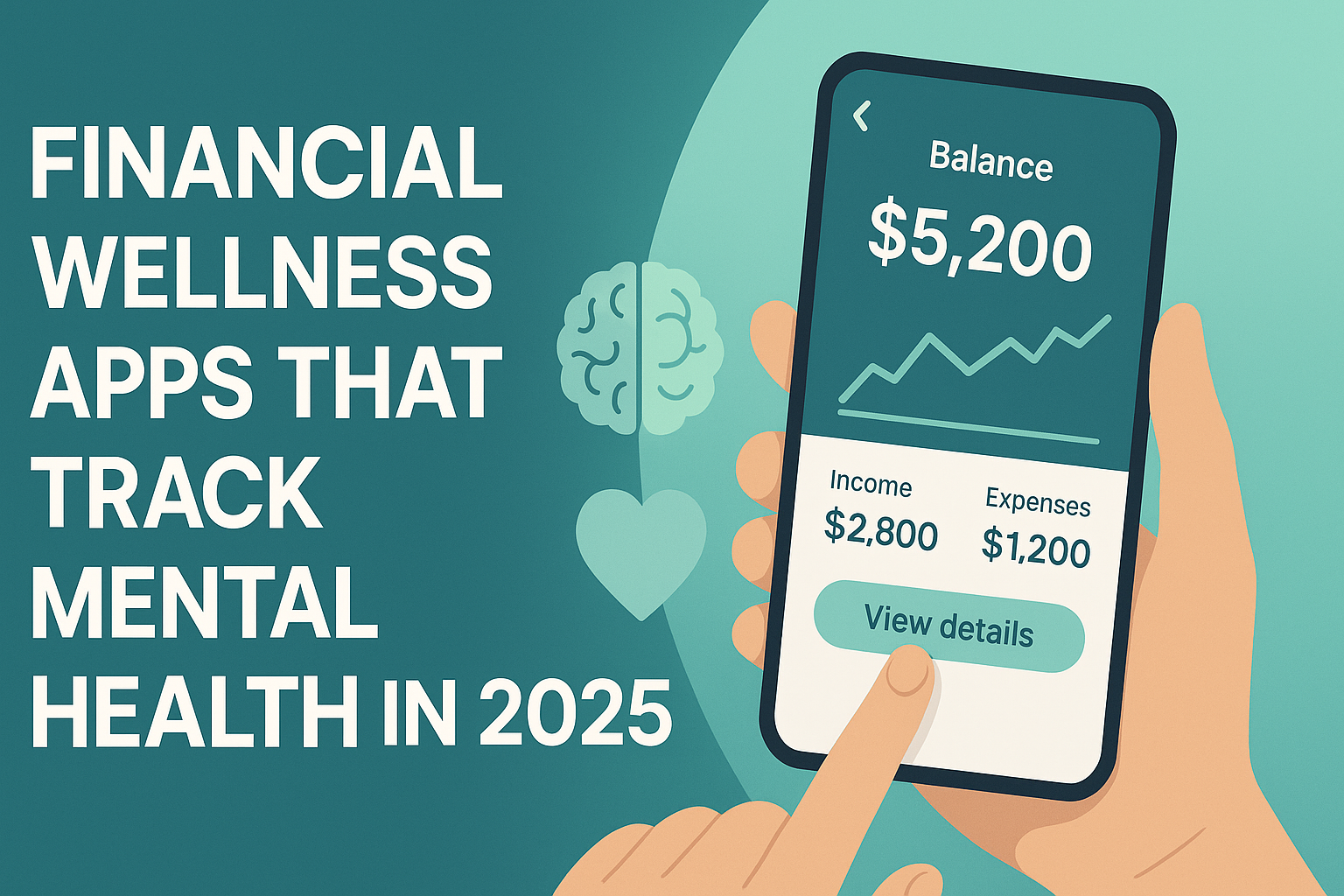American consumers are feeling the squeeze — not just from price tags, but also from shrinking product availability. Inflation is accelerating, inventories are tightening, and policy shifts are sending ripple effects across everything from mortgage rates to grocery bills.
The headlines about Nike paying more due to tariffs or stores reducing selection aren’t just business news — they reflect a deeper shift in how the economy is functioning. Let’s break it down: what’s really happening, how it got this way, and what you can do to protect your financial well-being.
Behind the Numbers: Trade Wars and Policy Pressures
The current wave of inflation and declining inventory levels is tied directly to ongoing trade tensions, particularly between the U.S. and China. The recent reimplementation of steep tariffs on imports — echoing earlier Trump-era policies — has led to cost surges for companies that rely on global supply chains.
According to the Bureau of Economic Analysis (BEA), import costs across durable goods categories have jumped significantly since early 2024. Companies are now scrambling to protect margins by either cutting inventories or passing along costs to consumers through price hikes.
Major brands like Nike, which source a large portion of their products from abroad, have already announced adjustments to their pricing models in response. This isn’t just a corporate challenge — it’s setting off a chain reaction that reaches all the way to your wallet.
What This Means for You: A Closer Look at Personal Impact
Homeowners: Rising Rates, Shrinking Stability
Higher inflation typically prompts the Federal Reserve to raise interest rates in an attempt to slow demand. While mortgage rates haven’t surged yet in 2025, the upward pressure is undeniable. For homeowners with adjustable-rate mortgages or plans to refinance, this environment could mean higher monthly payments in the near future.
Fixed-rate mortgages now look increasingly attractive, especially for those locking in before additional Fed hikes. Review your loan terms soon — waiting could cost you thousands over the life of your mortgage.
Savers: Don’t Let Inflation Eat Your Cash
Inflation quietly erodes purchasing power. Even if your bank offers a 4% yield on savings, the Consumer Price Index (CPI) is running closer to 5%, meaning your cash loses ground over time.
Now is a good moment to explore Treasury I-Bonds, CDs, or diversified bond ETFs, which may offer more inflation protection. Morningstar has pointed out that many savers ignore risk-adjusted returns — but in this environment, that could mean a real decline in wealth over time.

Supply chain pressure and cost increases have led to reduced inventory levels — and higher consumer prices.
Investors: Time to Reposition?
Investors should proceed with caution — but not fear. Rising prices hit corporate profit margins, particularly in sectors like apparel, technology, and manufacturing. However, consumer staples, utilities, and energy companies often perform better during inflationary periods.
Funds like Vanguard Consumer Staples ETF (VDC) or Energy Select Sector SPDR (XLE) have shown resilience in similar past cycles. Additionally, companies with strong pricing power — think Procter & Gamble or PepsiCo — may outperform due to their ability to pass on costs without losing customers.
The key strategy now? Rebalance toward inflation-resistant assets without abandoning growth opportunities entirely.
Shrinking Inventories and Their Hidden Costs
A less obvious — but equally important — consequence of trade disruption is inventory contraction. As businesses pay more for goods and shipping, they’re opting to stock fewer products to manage risk. That means less variety, more frequent stockouts, and yes, higher prices for what’s left on the shelves.
This dynamic affects more than just shopping convenience. According to a recent report by the National Retail Federation, constrained inventory contributes to price stickiness, making it harder for prices to drop even if inflation slows.
The Labor Market Response
When margins shrink, companies often freeze hiring or even initiate layoffs to protect their balance sheets. In Q2 2025, job openings in retail, transportation, and logistics have all declined, based on data from the Bureau of Labor Statistics (BLS).
However, sectors like domestic manufacturing, warehousing, and alternative energy are showing pockets of hiring strength, driven by evolving consumer demand and strategic reshoring efforts.
The takeaway? Now is the time to reskill or upskill into sectors more insulated from global trade risk and cost volatility.
Smart Moves to Navigate Inflation and Inventory Pressures
Refinance or lock in fixed mortgage rates before potential rate hikes later in the year.
Diversify your savings into inflation-resistant vehicles like I-Bonds or short-duration bond funds.
Rebalance your investments with exposure to sectors that thrive during inflation.
Shop smarter and earlier to avoid out-of-stock products or last-minute price spikes.
Position your career for flexibility by learning in-demand skills aligned with high-growth sectors.
Final Thoughts: Strategic Thinking Beats Fear
Yes, rising prices and inventory declines are frustrating. But they’re also signals — signals that it’s time to take proactive control over your finances, reassess risk, and look for opportunity amid uncertainty.
Economic slowdowns and supply shocks have happened before — and every time, those who adapted early came out stronger. Whether you’re managing a mortgage, saving for the future, or investing in the market, your decisions today will shape your financial security tomorrow.
For more insights on navigating inflation, check out our latest post on smart investing in high-rate environments.
While this analysis is based on thorough research, it is for informational and educational purposes only and should not be considered financial advice.








